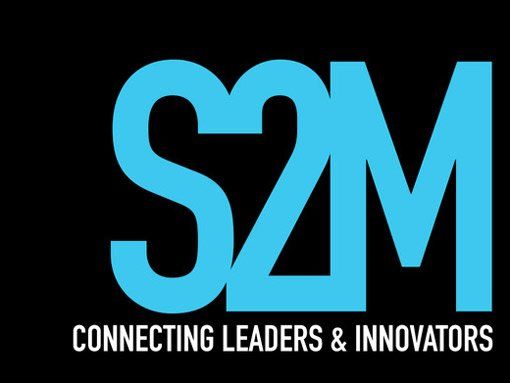Working remotely as an Agile developer: How to do it right
Agile development gives projects room to move, and subsequently gives developers freedom within projects. Being able to work remotely is a rare privilege. Most of the time it is seen as being able to take time to yourself in the middle of the day, or even completing all your tasks in the first few hours to take the rest of the day off. The real issue in development is the work doesn’t go away, or get picked up by anybody else. The user stories will still be there when you get back, and your allocated tasks will simply be delayed if you don’t get them done right then and there.
One of the ways I’ve seen remote working be executed well for agile developers is in the following tips. If these can be suggested to your project manager or scrum master, and you can work out the system between you, you can be assured of being able to work remotely forever. I’ve seen developers work within the agile environment that have never made an appearance at the office, and they’ve been the best developers of the lot.
Find ways to liase
For Agile development, participation in scrums is key for the project team members to be able to function as a unit. These days project managers treat the daily standup as sacred, believing that regular participation is needed for building alignment and team rapport. The reality of a daily standup is that you don’t need to be there if you are able to output in your field, so long as you can keep up with the updates. Most projects have Confluence and Jira, so every developer knows what they are working on and can document everything. If you can be disciplined to check in with Jira and Confluence, you can be assured that your remote working will be successful. Always follow through with your communications too.
Build manager rapport
Unless you are a current employee, most of the time you won’t be able to work remotely. Sub-contractors often have a cloud of trust hanging over their head when they first enter an organisation, so it’s important to build rapport with the project manager, scrum master and tech lead on the project. With these key members onside, you will be able to periodically check out the code remotely as a matter of trust. With rapport and trust with management, you can be trusted to handle yourself on your own.
Build micro-targets to maintain the integrity of the project
Micro-targeting is a system whereby you set small, iterative, personal goals to report back to your direct line manager while working remotely to ensure that you stay on track. These “SMART” goals are designed to help build cadence in the project on an individual basis, and may in turn help the project by ensuring that you as a developer remain ahead of the team. I’ve seen this work well in some organisations that were new to remote working. It takes trust, but if you do the first two steps it will be very rewarding.
For Agile development, you can still have your freedom as a software developer so long as you find ways to liaise with the development team and check in remotely. By following through in communications, building manager rapport and maintaining project integrity through micro-targets you will be assured the freedom and benefits working remotely has to offer.






